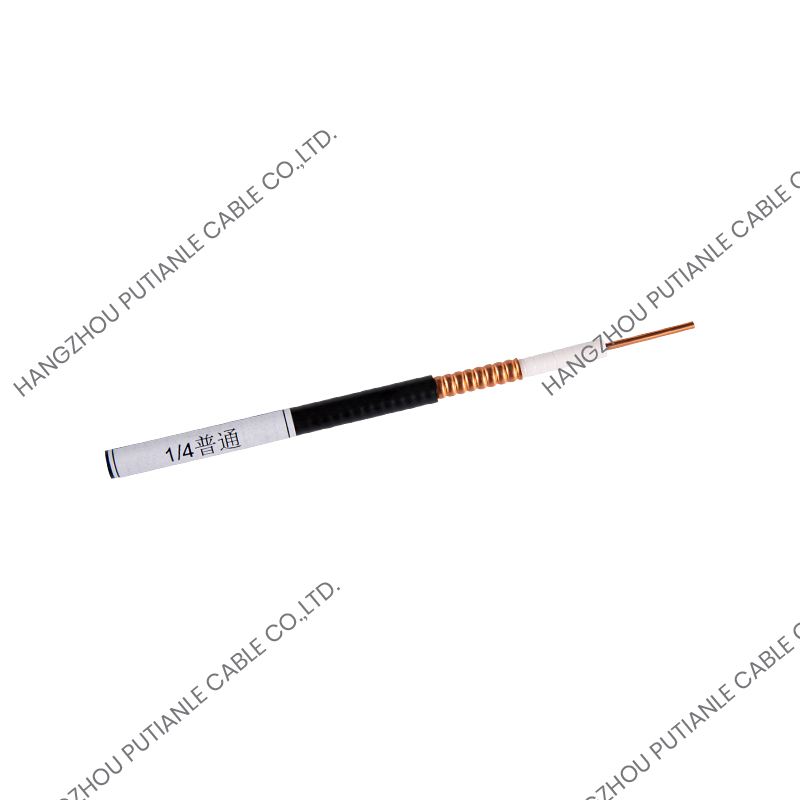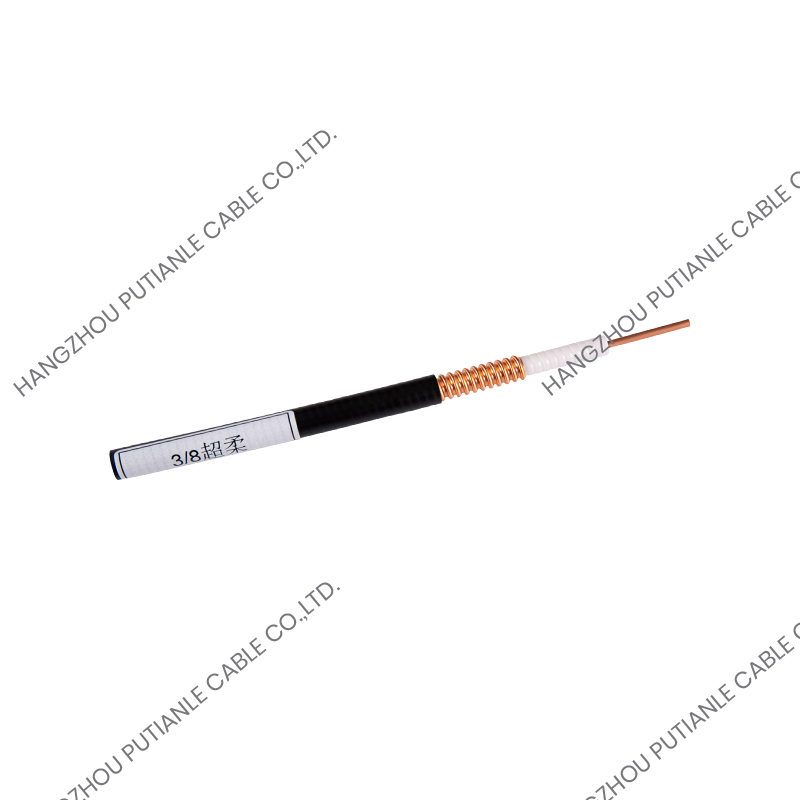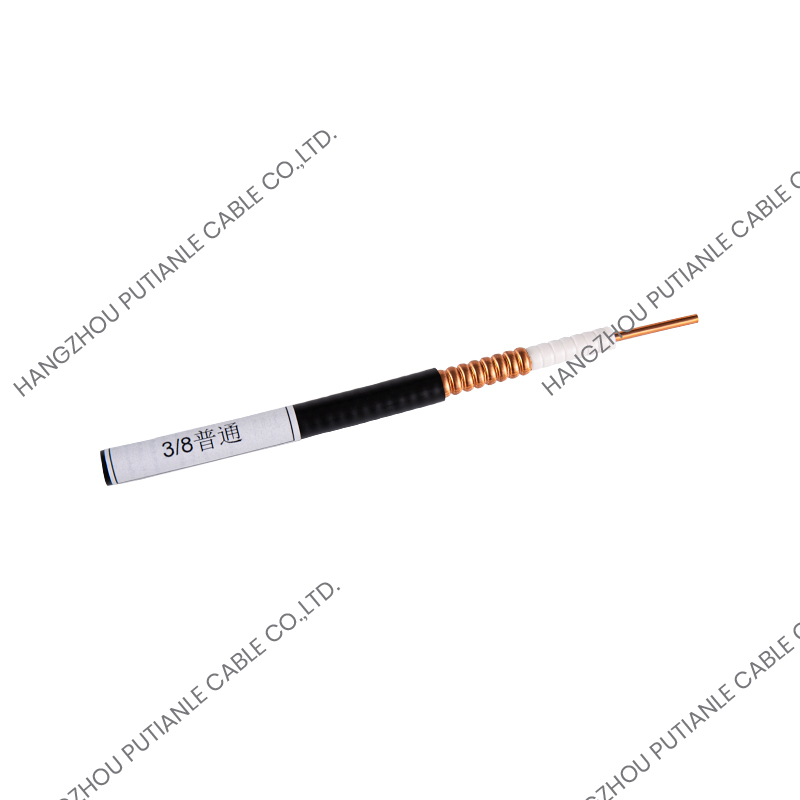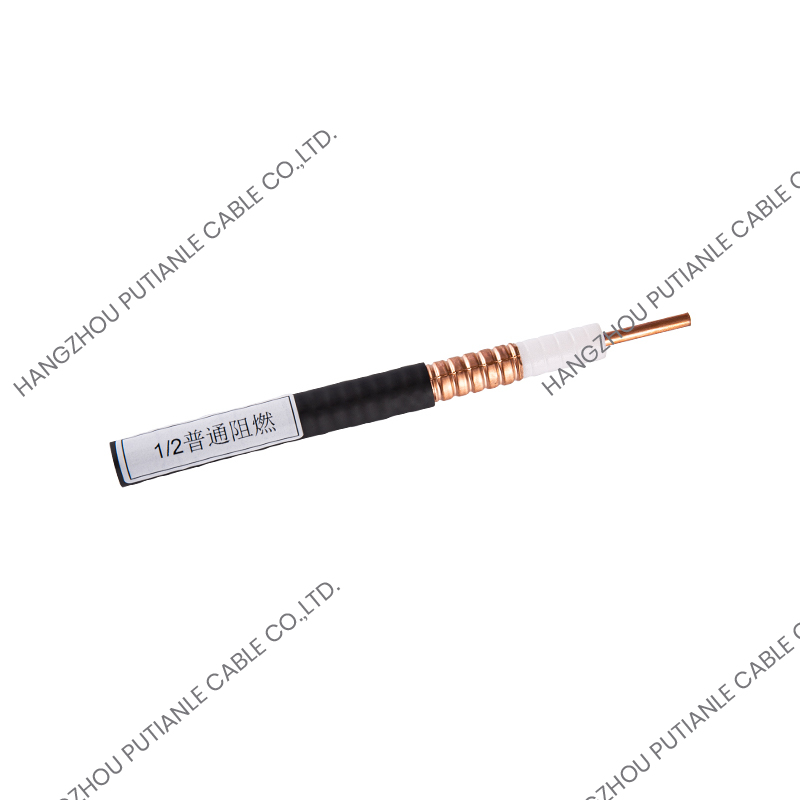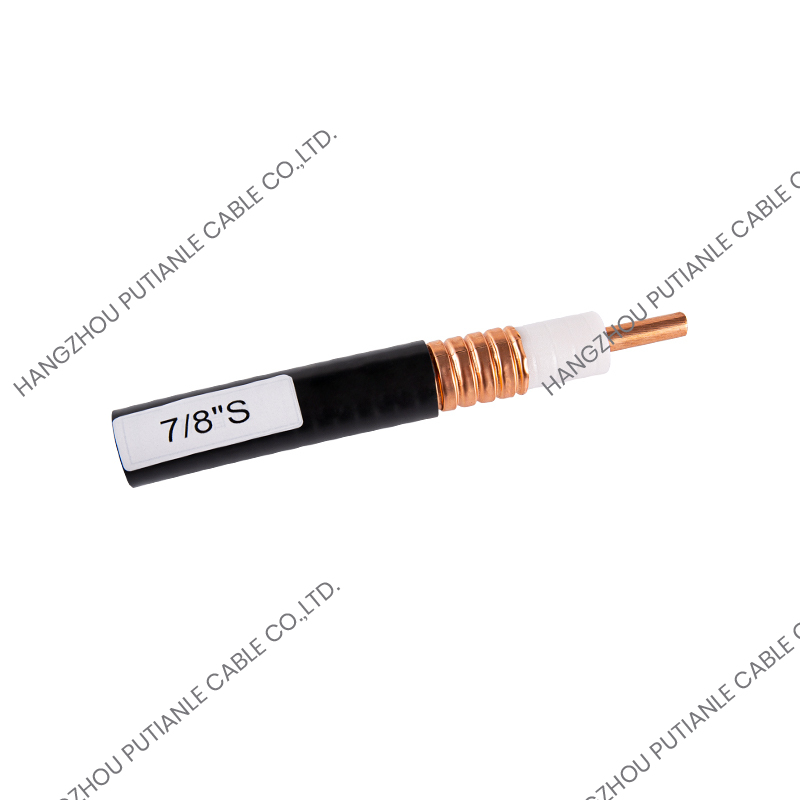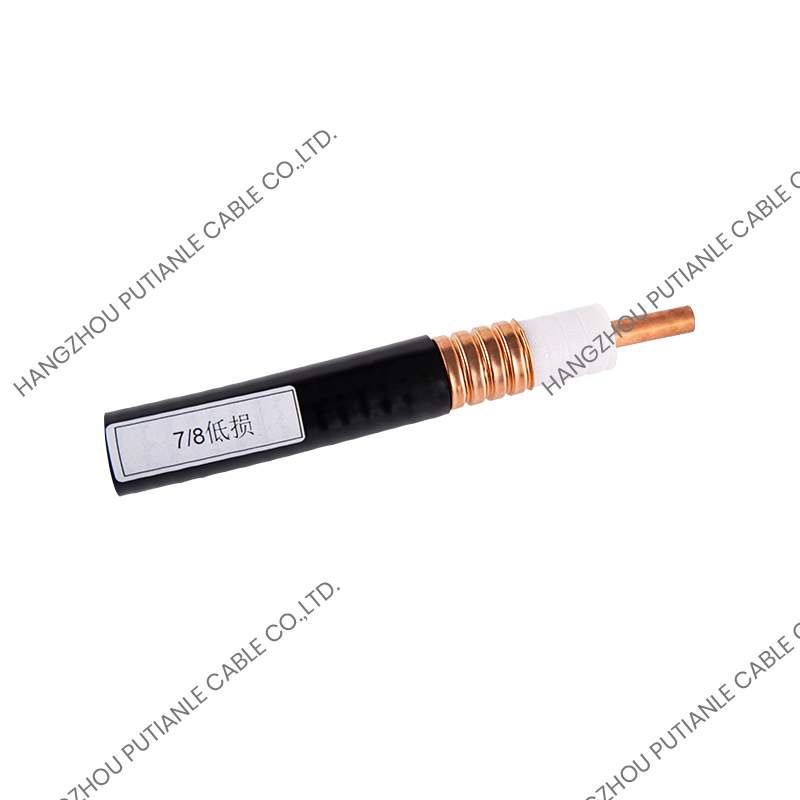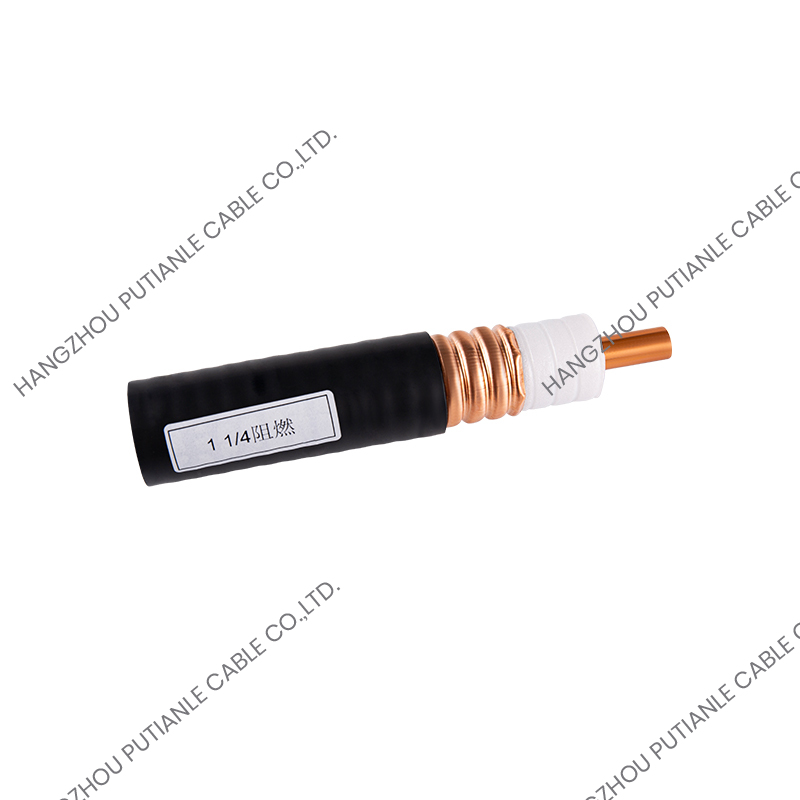In today's digital age, fiber optical cables have become the backbone of global communication and data transfer. With their unmatched speed, reliability, and long-distance transmission capabilities, they are indispensable in many industries. But which sectors rely on them the most?
1. Telecommunications: The Foundational User
The telecommunications industry is, without question, the largest and most foundational user of fiber optic cables. Every time we make a phone call, stream a video, or send a message, fiber optic infrastructure is likely involved.
Fiber cables enable high-speed internet, long-distance voice calls, and data services without the limitations of traditional copper wires. Their ability to transmit data over hundreds of kilometers without significant loss makes them essential for:
Internet service providers (ISPs)
Mobile networks (especially 5G backhaul)
Submarine communication networks connecting continents
Without fiber optics, today’s global communication network would be crippled.
2. Data Centers and Cloud Computing
The rapid growth of cloud computing and big data has led to the explosion of data centers around the world. These centers process and store vast amounts of information, and they rely on fiber optic cables to transfer data at high speeds between servers, storage units, and external networks.
In data centers, fiber optics provide:
Low-latency connections
High bandwidth capacity for massive data throughput
Scalability for growing storage and compute demands
Companies like Amazon (AWS), Google Cloud, and Microsoft Azure all depend on dense fiber optic networks to deliver fast and reliable cloud services globally.
3. Financial Services: Speed is Everything
In the world of financial trading, milliseconds matter. Stock exchanges and trading firms depend on ultra-low latency fiber optic connections to execute trades in real time.
High-frequency trading (HFT) firms invest heavily in fiber optic infrastructure to gain a competitive edge. Even a few milliseconds of delay can result in huge financial losses. In this sector, fiber optics provide:
Real-time market data transmission
Secure and reliable connections
Cross-border financial transaction speed
From Wall Street to Hong Kong, the financial world runs on fiber.
4. Healthcare: Telemedicine and Data Transfer
The healthcare sector is increasingly adopting digital solutions like telemedicine, electronic health records (EHRs), and medical imaging — all of which require high-speed, secure data transmission.
Fiber optic cables ensure:
Fast and secure transfer of large medical files (e.g., MRI, CT scans)
High-definition video for remote consultations and robotic surgeries
Reliable connectivity between hospitals, labs, and data centers
Especially in rural and remote areas, fiber optics enable specialists to consult on cases from thousands of kilometers away, improving patient care and outcomes.
5. Broadcasting and Media
The media and entertainment industry depends on fiber optics to deliver 4K/8K video, live broadcasts, and streaming content to millions of viewers in real-time.
Applications include:
Live sports broadcasting with no signal delay
Distribution of digital content to global audiences
Cloud-based video editing and storage solutions
6. Manufacturing and Industrial Automation
In the age of Industry 4.0, smart factories and automated production lines generate massive data volumes through sensors and connected devices (IoT). These smart systems require fast and stable communication — something fiber optic cables handle exceptionally well.
Key benefits include:
Real-time machine monitoring and control
Enhanced factory-wide communication
Secure transmission in harsh environments
Fiber optics are immune to electromagnetic interference, making them ideal for industrial settings with heavy machinery.
Fiber optic cables are no longer just a telecommunications tool — they are a critical infrastructure supporting the digital evolution across many industries. From the stock market to the hospital, from factories to the cloud, fiber optics enable speed, reliability, and capacity that no other medium can match.
As technology continues to evolve — with the growth of 5G, AI, IoT, and autonomous systems — the role of fiber optical cables will only grow more vital. Industries that embrace this technology will be better positioned to thrive in an increasingly data-driven world.
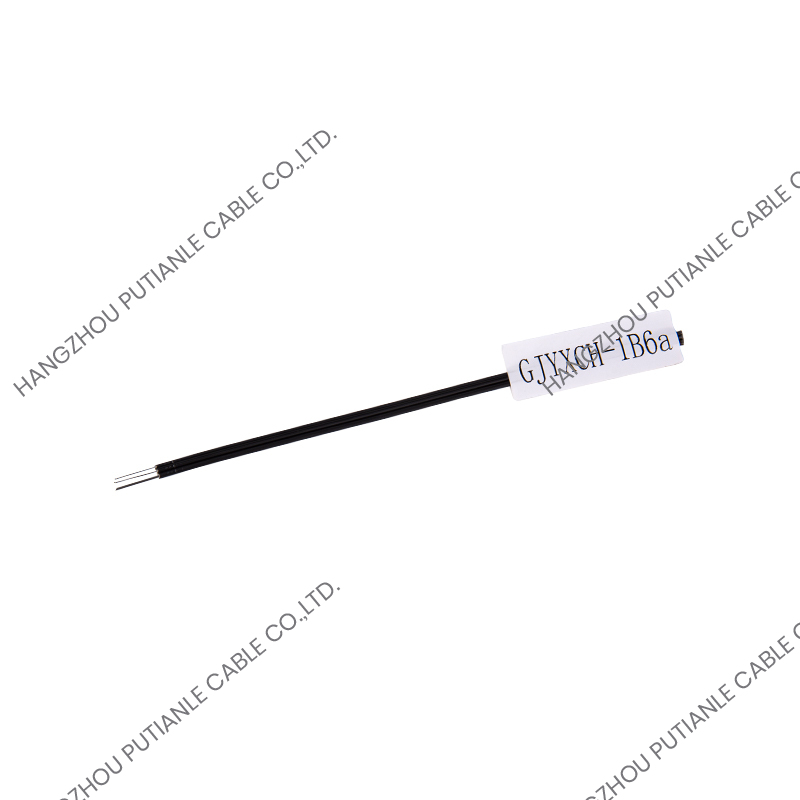


 中文简体
中文简体 English
English Español
Español

